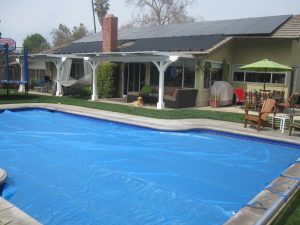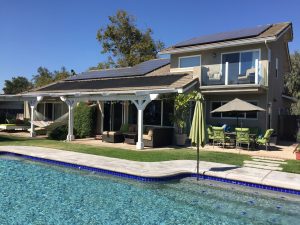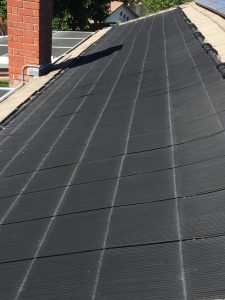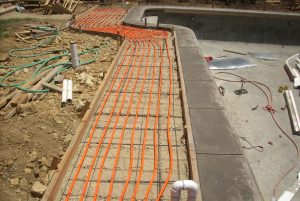(Go Green Solar Solutions is proud to have helped the military reach its renewable energy goals. GGSS installed 2 solar carports at the Los Angeles Air Force Base that provide 360kW of power, and provide shade for over 200 cars.
From the battlefield to stateside bases, the U.S. military has proven that solar is reliable.
The Army, Navy and Air Force are using more than 130 megawatts of solar for everything from powering remote special operations to air conditioning and lighting for U.S. base residences. And the forces intend to keep building toward 3 gigawatts of solar capacity by 2025 as part of a much bigger Department of Defense (DOD) commitment.
While detractors were declaring solar too intermittent to be reliable at home, U.S. Marines were successfully relying on it at battlefield sites in the Khyber Pass, according to Enlisting the Sun: Powering the U.S. Military with Solar Energy, a new report from the Solar Energy Industries Association (SEIA), released just in time for Armed Forces Day on May 18.
The DOD’s annual $20 billion energy budget makes it the biggest single energy consumer in the world.
USC 2911 of DOD’s title 10 Energy Performance Goals, as updated in 2009, requires 25 percent of total military facility energy consumption to come from renewable energy sources by 2025.
Driven by that target, the Navy has installed more than 58 megawatts at or near bases in Washington, D.C. and twelve states. It has plans to exceed the basic plan by obtaining 50 percent of its energy from renewable sources by 2025. Its plans call for 57 percent of its new renewables to be from photovoltaic (PV) solar through 2017.
The Air Force, the military’s biggest energy consumer, has built 38 megawatts of solar capacity operating in 24 states. It will procure 1 gigawatt of renewables by 2016. The plan is for PV to be more than 70 percent of all new Air Force renewable capacity through 2017.
The Army has installed over 36 megawatts of solar installed at bases in sixteen states on its way to procuring 1 gigawatt of renewable capacity. Solar will account for one-third of the Army’s planned renewable capacity additions through 2017.
Source: greentechmedia.com

 by Lauren Dansey
by Lauren Dansey
 To the left you can see the rooftop solar pool heating panels on the roof, below the solar electrical (PV) panels. We used ten 4 ft. by 8 ft. Heliocol panels. They are shorter than the normal Heliocol panels, designed for roofs that don’t have room for the larger panels. Solar pool heating is the most cost-effective use of solar in your home, with a return on investment of just 2-4 years. We’re looking forward to swimming into the fall.
To the left you can see the rooftop solar pool heating panels on the roof, below the solar electrical (PV) panels. We used ten 4 ft. by 8 ft. Heliocol panels. They are shorter than the normal Heliocol panels, designed for roofs that don’t have room for the larger panels. Solar pool heating is the most cost-effective use of solar in your home, with a return on investment of just 2-4 years. We’re looking forward to swimming into the fall.